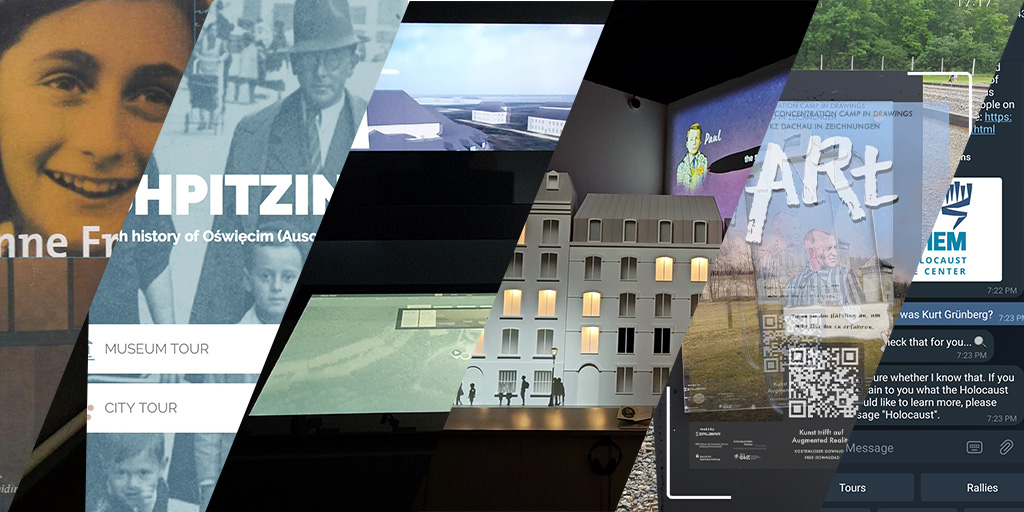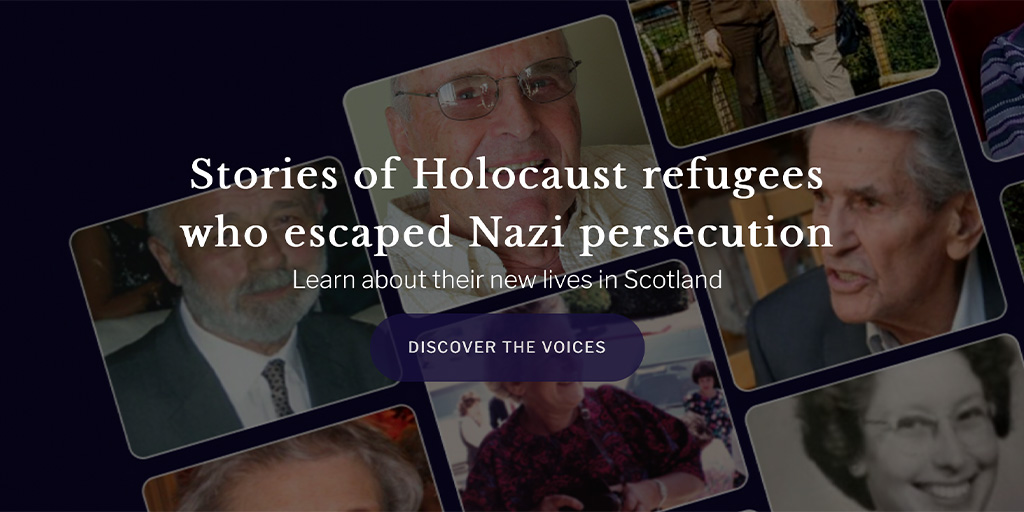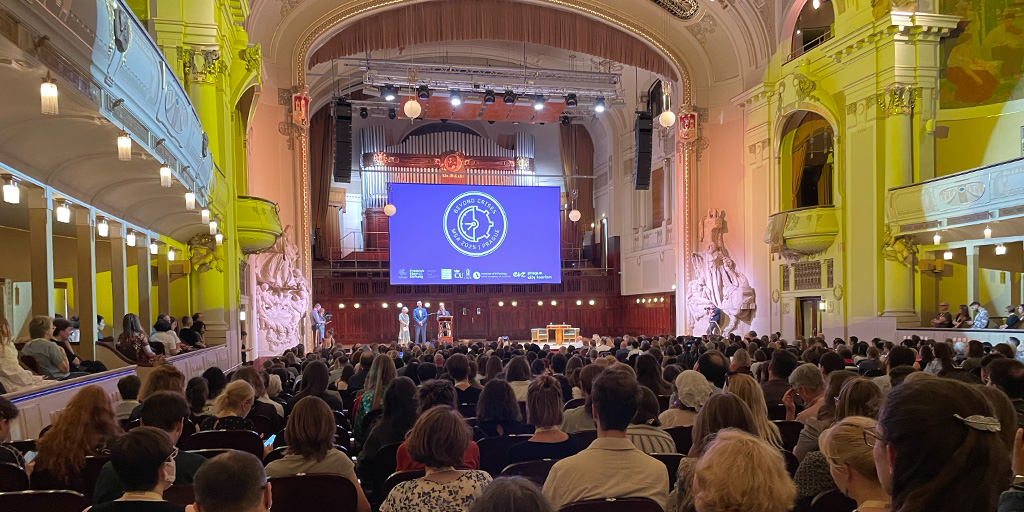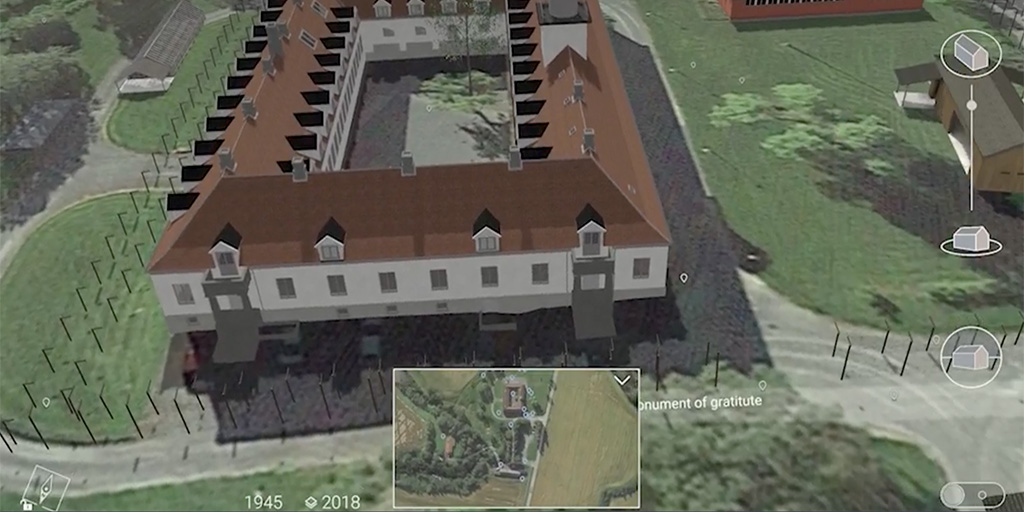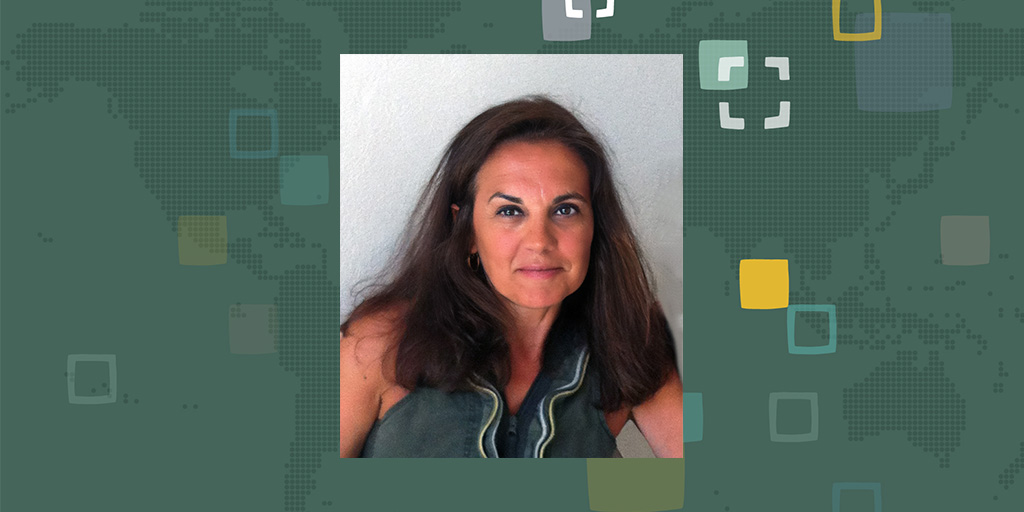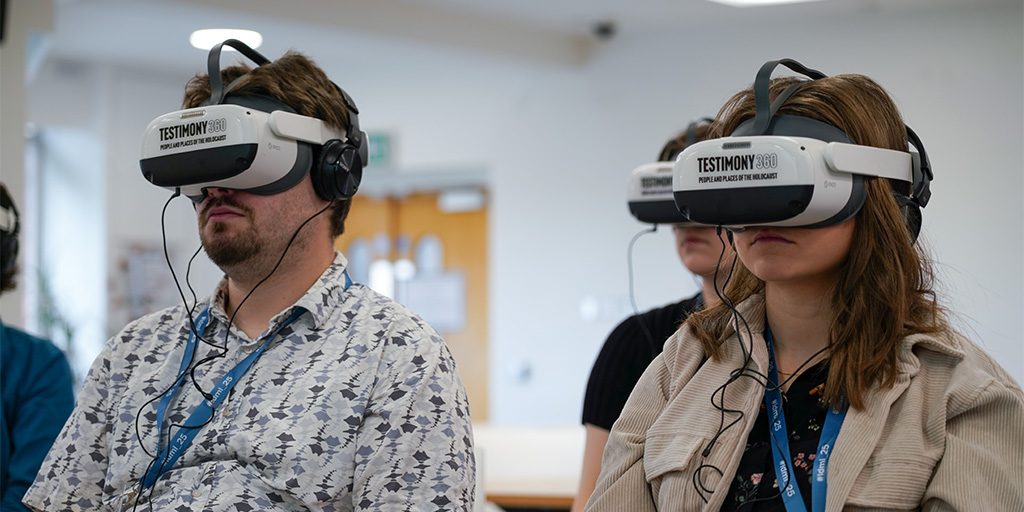
Do Media Literacies Have a Place in Holocaust Education?
By Victoria Grace Richardson-Walden
Recent opportunities to engage with Holocaust education experts through the Lab have left us contemplating the role of media literacies. Lab Director Prof. Victoria Grace Richardson-Walden explains why a change is needed and presents her ideas for forging a new path in this field.
Research demonstrates that we both ask too much of Holocaust education and do not have a coherent definition of it is a ‘subject’ or ‘field’, and yet we treat it as if it is distinct from other school disciplines.
It is both a space for learning about the specific past that has been called ‘the Holocaust’ and laden with additional moral responsibilities unlike any other historical topic.
In this respect it is also considered to be a subject which we must learn from to become better citizens, to enhance our ethical compass.
The aims presented in the previous version of the International Holocaust Remembrance Alliance’s Recommendations for Teaching and Learning about the Holocaust (2019) make this clear:
- learn knowledge about the history
- preserve memory of the victims
- encourage and empower students to reflect on contemporary relevance.
Many surveys have suggested that knowledge about the Holocaust is weak (https://www.claimscon.org/millennial-study/, https://www.claimscon.org/country-survey/, https://www.ucl.ac.uk/ioe/news/2021/nov/survey-exposes-lack-knowledge-about-holocaust), and the increasing visibility of instrumentalisation of this past might suggest that learning from this past has also not been particularly successful.
Research into Holocaust education suggests we still don’t do a good job of testing the quality of Holocaust education, and ‘there is much more consensus about the importance of addressing the Holocaust than about “why, what and how to teach it” (Eckmann et al., 2017; Pistone et al., 2024). Whilst there are a few large-scale quantitative studies, many of the more qualitative studies rely on a very small sample of participants (Eckmann et al., 2017, note a few exceptions, e.g., Cohen 2013 and Foster et al., 2016).
In the context of digital media, it is worse. For example, studies focused on the use of Augmented Reality in this context use measures of effectiveness with absolutely no correlation to perceived aims in Holocaust education (see: J Challenor et al., 2023; F Pittarello et al., 2022 and 2023; M Mulders 2023; J Yunshui et al 2020; M Blancas et al., 2021).
Is it perhaps too much to ask Holocaust education to also include media literacies? Would this not further complicate matters? And why on earth would these be relevant?
It is indeed this intersection that concerns the Landecker Digital Memory Lab. For us, it is urgent that media literacies are deliberately embedded into Holocaust education. The proclaimed ‘failures’ of Holocaust education would be well addressed by considering the role of media literacies in this domain. (I would caution accepting such claims at least at face value. Any failure is perhaps in not having an agreed upon baseline on which to test impact across multiple contexts.)
I would argue that Eckmann et al.’s call, in their IHRA study of Teaching and Learning about the Holocaust, that a shift from measuring impact in terms of ‘knowledge retention’ to focusing on ‘critical engagement’ (2017, p.31) sits well with embedding media literacies into Holocaust education.
What are Media Literacies?
There are multiple terms that feed into ‘media literacies’, thus why I use the plural. On one hand, there are ‘digital literacies’ and ‘information literacies’ – more frequently heard in UK policy circles through the framing of resisting harms, such as misogyny or hate speech online. The problem with the current policy lens here is that it tends to:
- focus on citizens as only consumers of media
- ignores other media for the sake of digital media
- shapes media simplistically as just carriers of information
- seems to suggest that by giving citizens some kind of toolkit for navigating the digital spaces we have today that this will solve social crises that have existed for millennia.
The problem then at policy level is ‘the digital’, not the ‘misogyny’ or ‘hate crime’ (antisemitism or otherwise).
For us at the Landecker Digital Memory Lab, it is urgent that media literacies are deliberately embedded into Holocaust education.
What we are really talking about is a media education ++, by which I mean an improved media education curriculum that runs from early years through primary and secondary, further and higher education, into life-long learning. It recognises the complex learning ecologies identified by our recent visiting fellow Dr. Stefania Manca.
This new and improved media education would:
- equip citizens to understand modes of productions, from coding logics to programming languages, shot composition and editing techniques
- equip citizens to understand the concept of mediation – that all media is constructed, for example, no documentary, social media post or news stories is equitable to ‘the real’ (and therefore it is not appropriate to measure any media against yardsticks of ‘authenticity’)
- help citizens critically evaluate what informs such constructions, for example with an understanding of critical political economy, national and transnational political relations and diplomacy, and also directions of trade and profit
- help citizens to understand the negotiations between users/audiences and organisations in the production of media messages
- equip citizens with the methodologies to read media outputs, communities, cultures, and communication with digital, ethnographic and traditional qualitative methods
- empower citizens to be media creators and curators and to understand curation as a form of creation.
It is a media education that continues throughout our lives and inflects upon multiple contexts, including the spaces in which we encounter the Holocaust.
Why Are Tey Relevant to Holocaust Education?
Media literacies have played a role in Holocaust education and memory culture both implicitly and explicitly for a long time.
From non-media experts learning how to use video recorders to collect testimony through to interventions like the USC Shoah Foundation’s iWitness platform – which in its earliest stage foregrounded a video editor through which students could cut sequences of testimony into their own documentary.
In 2013, The Holocaust Educational Trust in partnership with Film Education realised the CD-DVD collection Thinking Film, Thinking History, which partnered resources for analysing film language and understanding the history of the Holocaust and antisemitism.
In 2014, Gathering the Voices held a Game Jam with colleagues from Glasgow Caledonian University, in which students were invited to come up with a proposal for a computer game based on one of their interviews with refugees to Scotland, who had survived the Holocaust. More recently, in 2025, Zachor Foundation, Hungary announced that they were selected for ‘the European Innovative Teaching Award 2025’ for their project which ‘demonstrates how testimony-based and digital education can build key competences, foster media literacy, and connect learners with Europe’s unity, diversity and cultural heritage’.
Ongoing research in Switzerland and the UK is beginning to evidence that citizens come into contact with the Holocaust via documentaries and social media platforms more than anywhere else. Furthermore, Gen-AI models, whilst still low, are increasingly significance as sources of access to this past. There are two main consequences of this.
Firstly, young people may come to their formal Holocaust education classrooms with a variety of (mis)conceptions which, thanks to algorithmic logics, have established a particular understanding of this past in their minds. The first task of the teacher then is not simply to introduce them to the topic, but to disentangle myth from historical fact.
Secondly, museum and other heritage professionals need regular training to keep up-to-date with the logics of digital culture and technologies, and the effect these are having not only on their visitors, but also on their resources. Some Holocaust museums have seen extensive increases in bot- and AI-driven traffic to their websites in recent years.
How Might We Integrate Media Education Into Holocaust Education Then?
Holocaust education cannot do everything. Yet, I would still argue that there is a place for media education within it. A few ways this could be integrated include:
Media literacies, or rather media education, are essential in Holocaust memory and education on multiple levels – as organisations and individuals we need to find time to give it the serious attention it deserves.
Tell us about your digital Holocaust memory projects.
Want to know more?
Digital Holocaust Memory – 30 Years On
